Download top and best high-quality free Flour PNG Transparent Images backgrounds available in various sizes. To view the full PNG size resolution click on any of the below image thumbnail.
License Info: Creative Commons 4.0 BY-NC
Flour is a powder made by grinding raw grains, roots, beans, nuts, seeds, or bones. Flour is used to prepare a wide variety of dishes. Grain flour is the main ingredient of bread, which is the staple food of most cultures. Wheat flour is one of the most important ingredients in the cultures of the Oceanic, Europe, South America, North America, the Middle East, North America and North Africa and is a defining ingredient in their bread and baked goods. Since ancient times, cornmeal has played an important role in Mesoamerican cuisine and remains a staple food in America. Rye flour is an integral part of the bread in Central and Northern Europe.
Wheat flour consists of either endosperm, germ and bran (whole grain flour) or only endosperm (refined flour). The food differs from flour in that it has a slightly larger particle size (degree of comminution) or is synonymous with flour; the word is used in both directions. For example, cornmeal often means coarser consistency, and cornmeal means fine powder, although there is no codified dividing line here.
The English word “flour” was originally a variant of the word “flower”, and both words are derived from the Old French “fleur” or “flour”, which had the literal meaning of “blossom” and the figurative meaning of “the finest”. The term fleur de farine means “the finest part of the meal”, as flour is the result of removing coarse and unwanted substances from the grain during grinding.
The earliest archaeological evidence for wheat seeds were ground between simple mills to make flour dates back to 6000 BC. The Romans were the first to grind the seeds on the cone mill. In 1779, at the beginning of the industrial era, the first steam mill was built in London. In the 1930s, some flour began to be enriched with iron, niacin, thiamine, and riboflavin. In the 1940s, flour began to enrich flour, and in the 1990s, folic acid was added to the list.
An important issue in the industrial revolution was flour conservation. The transportation distance and the relatively slow distribution system were contrary to natural shelf life. The reason for the limited shelf life is the fatty acids of the germ, which react from the moment of exposure to oxygen. This happens when the grain is milled; fatty acids oxidize, and the flour starts to turn rancid. Depending on the climate and grain quality, this process takes six to nine months. In the late 19th century, this process was too short for an industrial production cycle and distribution. Since vitamins, trace minerals and amino acids were completely or relatively unknown in the late 19th century; germ removal was an effective solution. Without germs, flour cannot turn rancid. Degermed flour has become the standard.
Download Flour PNG images transparent gallery.
- Flour PNG Clipart
Resolution: 688 × 482
Size: 130 KB
Image Format: .png
Download
- Flour PNG Free Download
Resolution: 500 × 462
Size: 272 KB
Image Format: .png
Download
- Flour PNG Picture
Resolution: 714 × 346
Size: 60 KB
Image Format: .png
Download
- Wheat Flour
Resolution: 500 × 500
Size: 225 KB
Image Format: .png
Download
- Wheat Flour PNG
Resolution: 1218 × 1440
Size: 840 KB
Image Format: .png
Download
- Wheat Flour PNG Image
Resolution: 600 × 600
Size: 232 KB
Image Format: .png
Download
- Wheat Flour Transparent
Resolution: 536 × 575
Size: 122 KB
Image Format: .png
Download
- Wheat Flour PNG Clipart
Resolution: 632 × 553
Size: 162 KB
Image Format: .png
Download
- Flour Cereal Transparent
Resolution: 1181 × 986
Size: 751 KB
Image Format: .png
Download
- Flour Cereal PNG Clipart
Resolution: 500 × 341
Size: 253 KB
Image Format: .png
Download
- Flour Cereal PNG Free Download
Resolution: 1024 × 768
Size: 502 KB
Image Format: .png
Download
- Flour
Resolution: 526 × 319
Size: 77 KB
Image Format: .png
Download
- Flour PNG Free Image
Resolution: 827 × 751
Size: 601 KB
Image Format: .png
Download
- Flour PNG File
Resolution: 597 × 413
Size: 389 KB
Image Format: .png
Download
- Flour PNG HD Image
Resolution: 557 × 481
Size: 93 KB
Image Format: .png
Download
- Flour PNG Pic
Resolution: 500 × 500
Size: 257 KB
Image Format: .png
Download
- Flour PNG Download Image
Resolution: 931 × 491
Size: 349 KB
Image Format: .png
Download
- Flour PNG High Quality Image
Resolution: 1986 × 1157
Size: 755 KB
Image Format: .png
Download
- Flour PNG Images
Resolution: 1147 × 843
Size: 662 KB
Image Format: .png
Download
- Flour PNG Image File
Resolution: 640 × 480
Size: 76 KB
Image Format: .png
Download
- Flour PNG
Resolution: 1365 × 1274
Size: 1354 KB
Image Format: .png
Download
- Flour PNG Image
Resolution: 1143 × 809
Size: 1388 KB
Image Format: .png
Download
- Flour Cereal
Resolution: 1025 × 672
Size: 515 KB
Image Format: .png
Download
- Flour Cereal PNG
Resolution: 768 × 697
Size: 413 KB
Image Format: .png
Download
- Flour Cereal PNG Image
Resolution: 646 × 298
Size: 338 KB
Image Format: .png
Download
- Flour Transparent
Resolution: 1920 × 1870
Size: 67 KB
Image Format: .png
Download
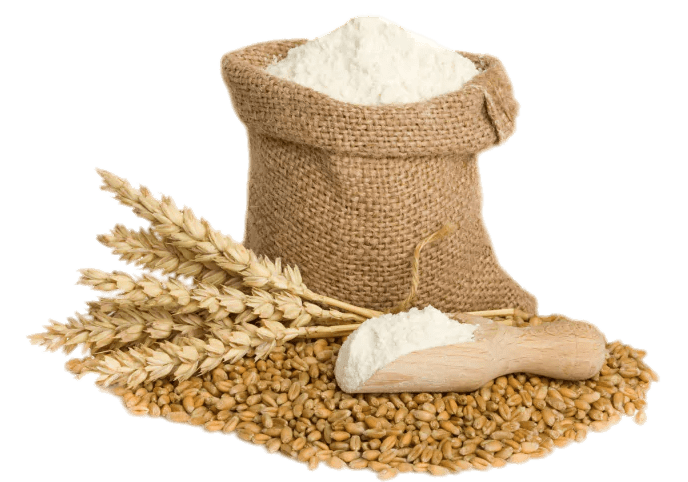
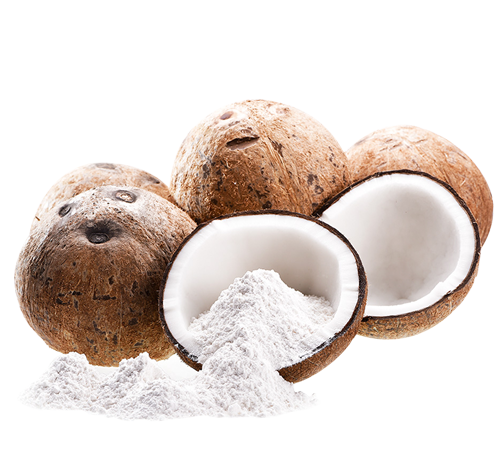
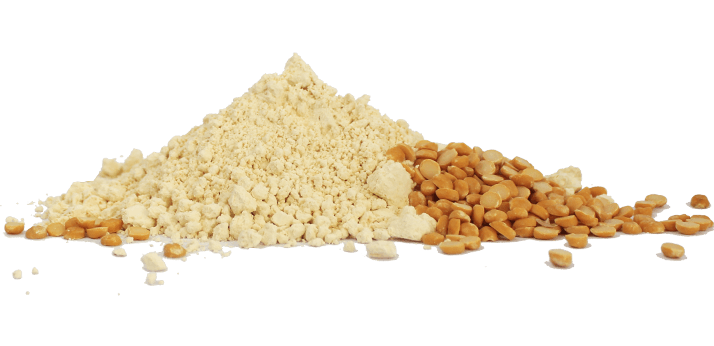
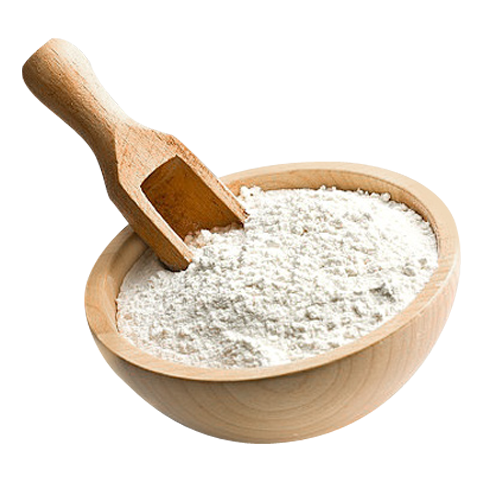
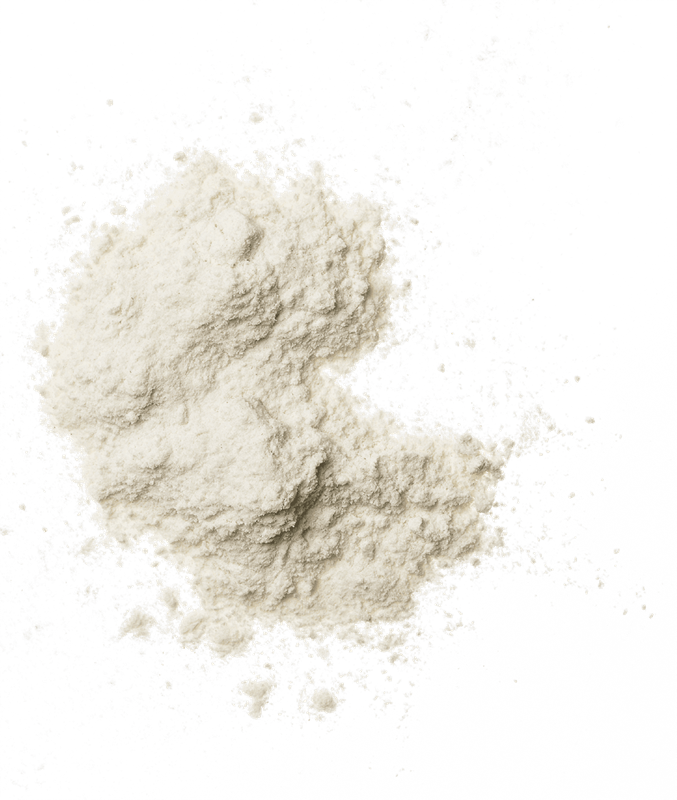
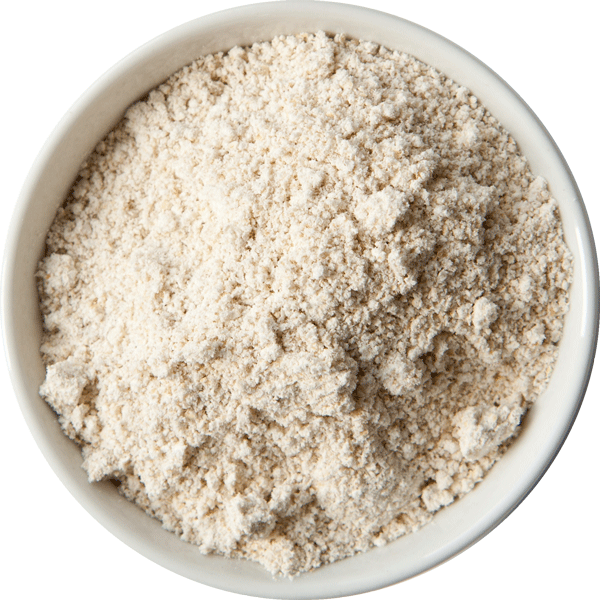
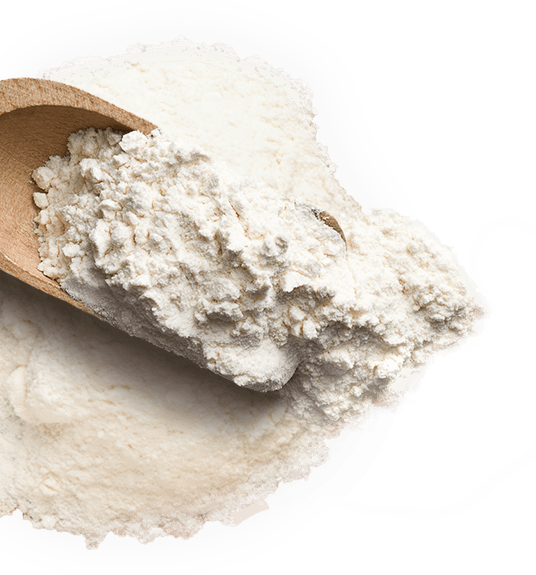
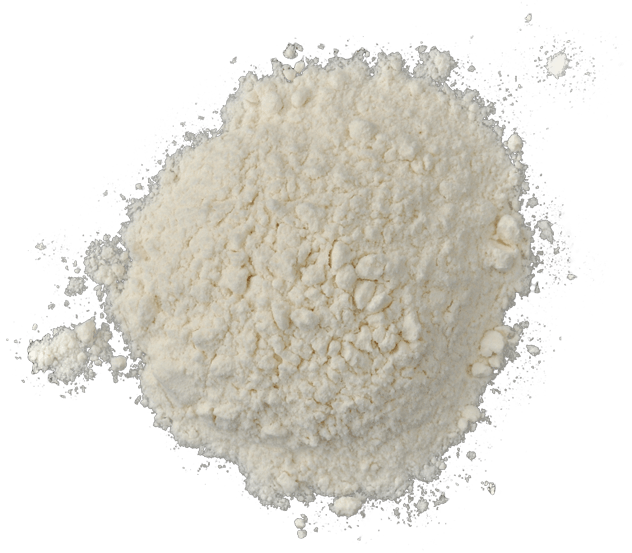
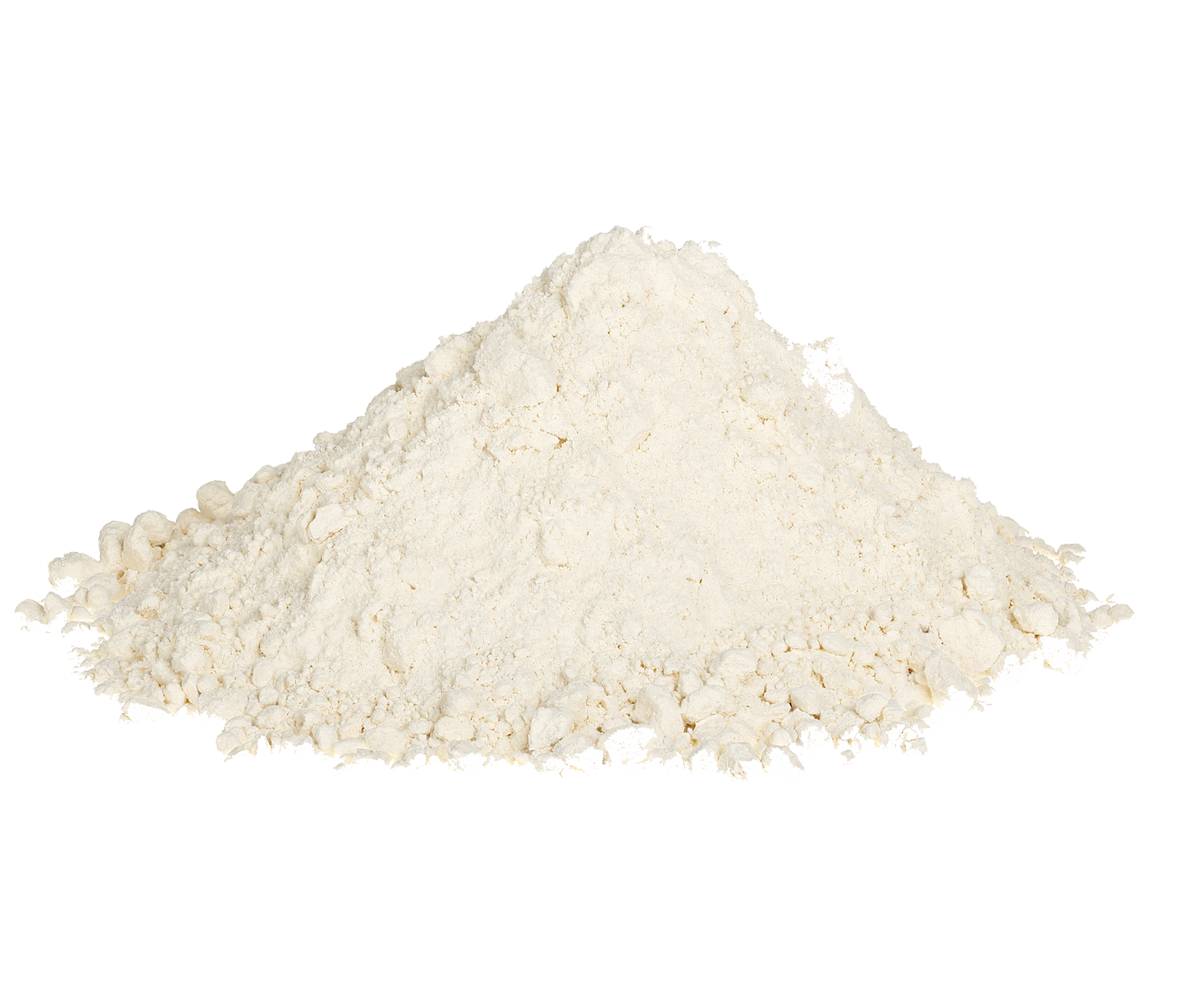
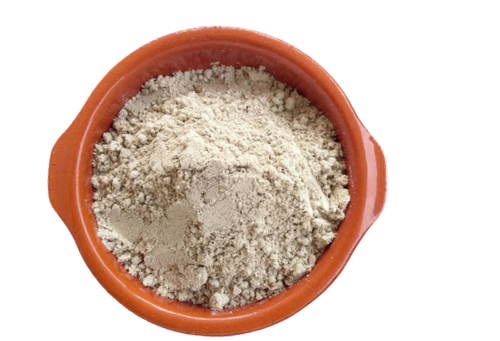
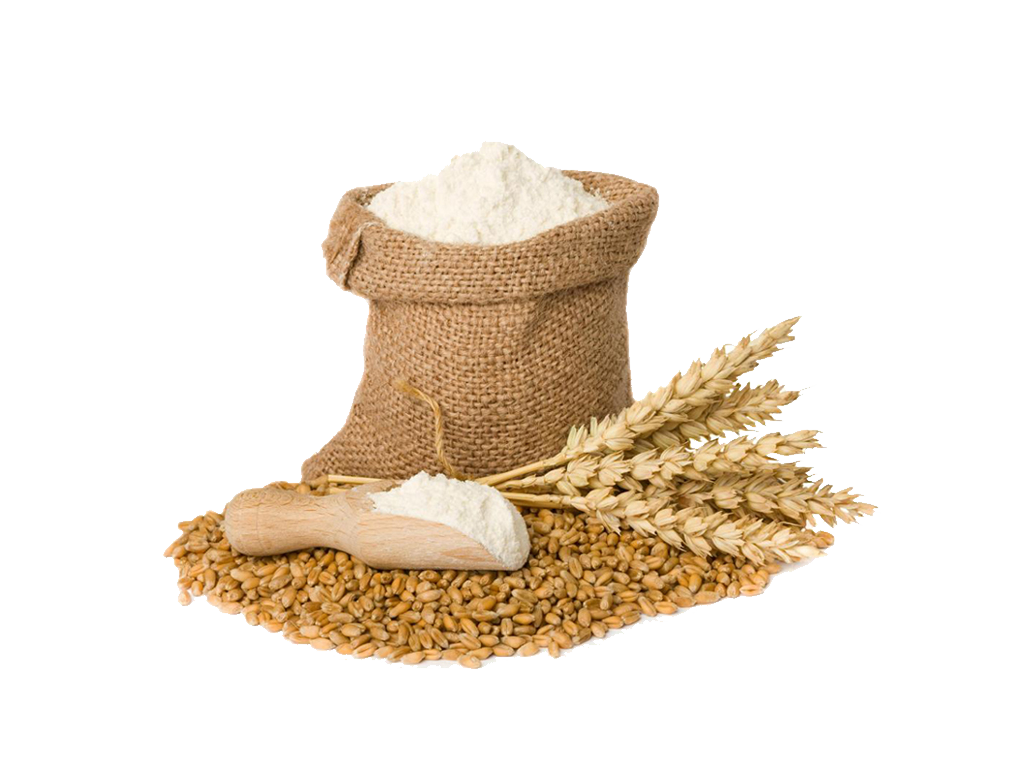
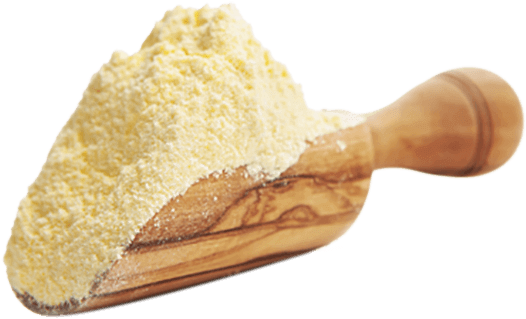
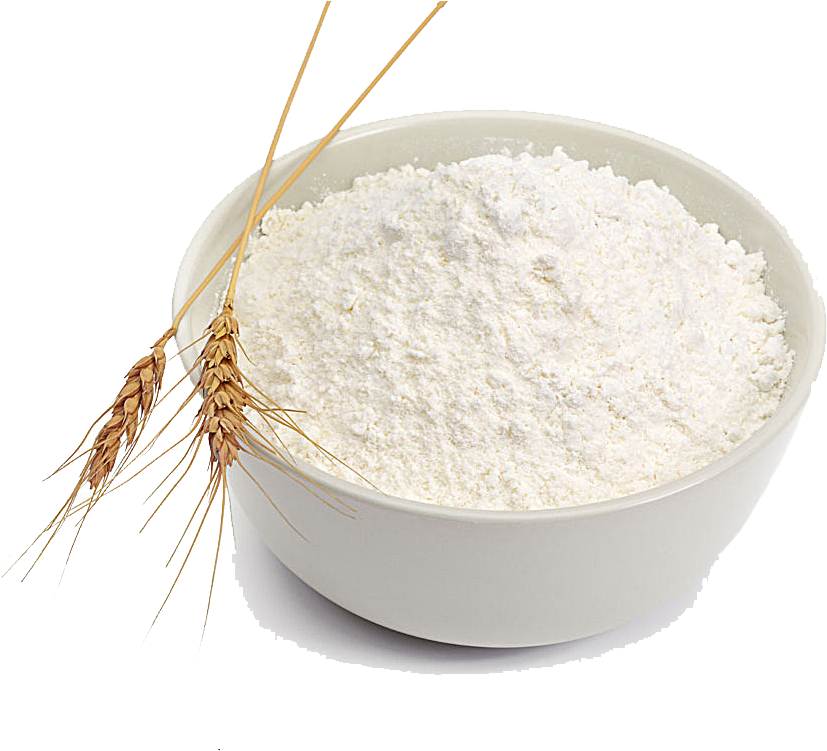
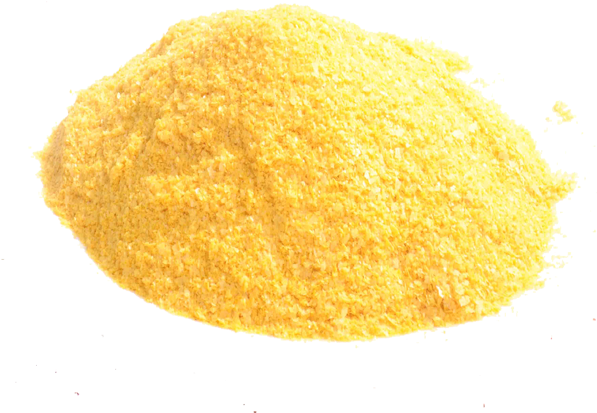

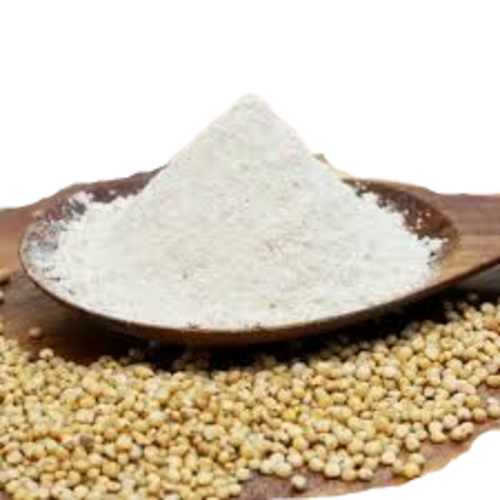
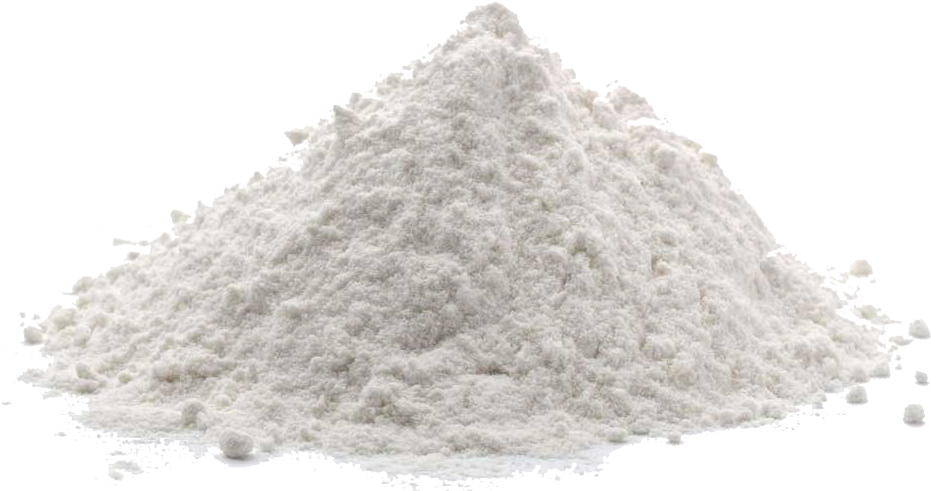
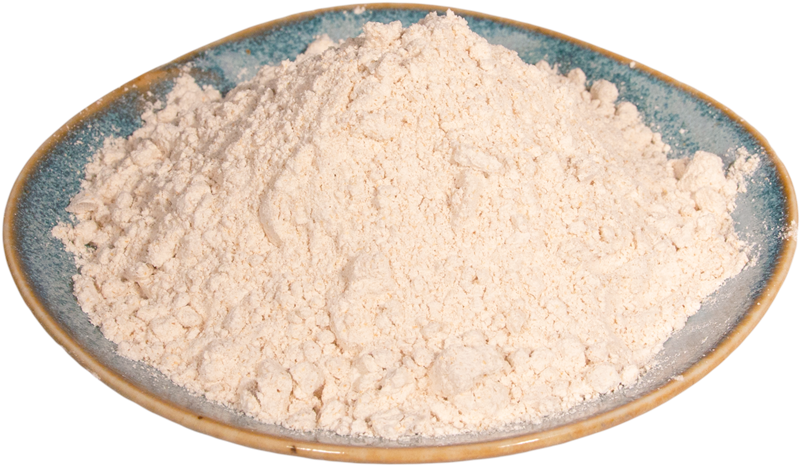
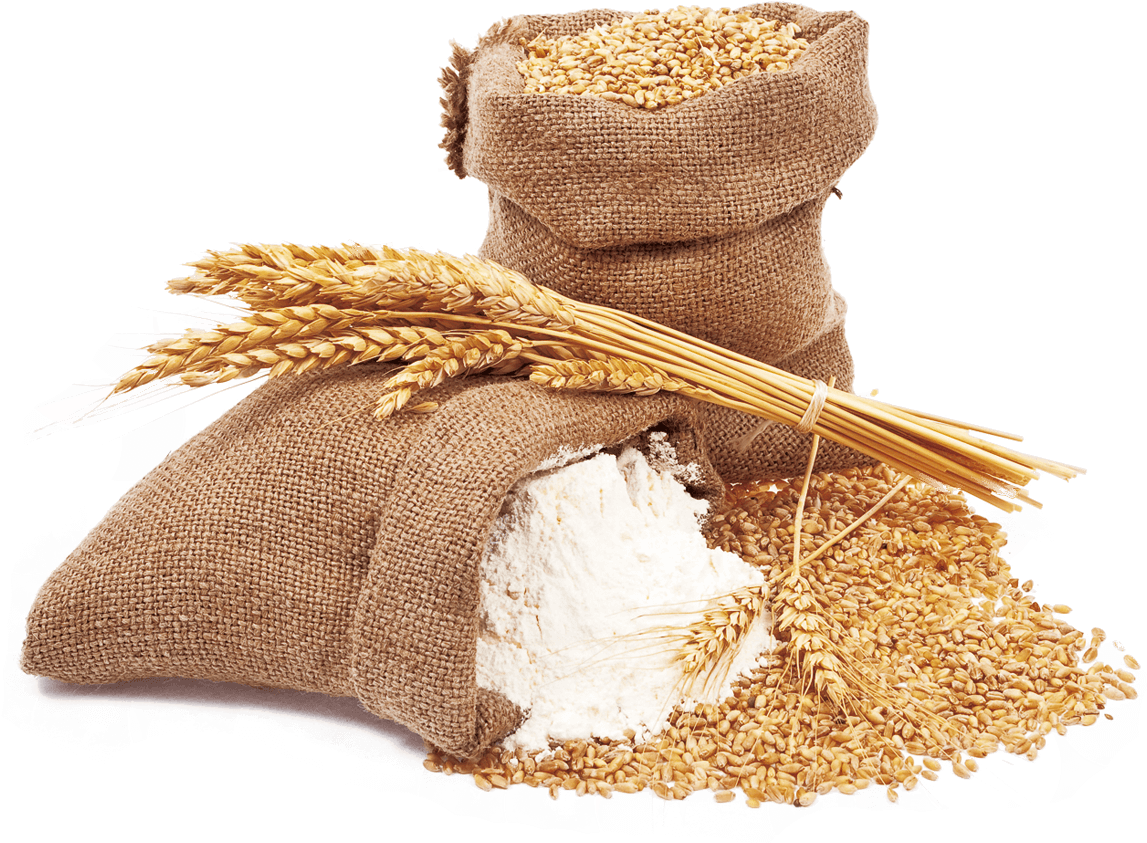
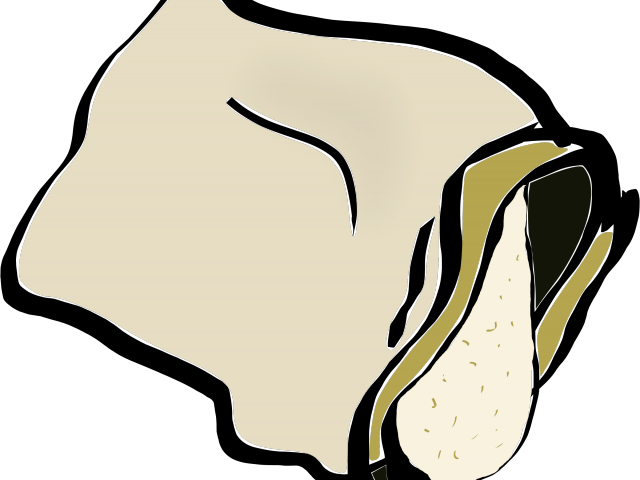
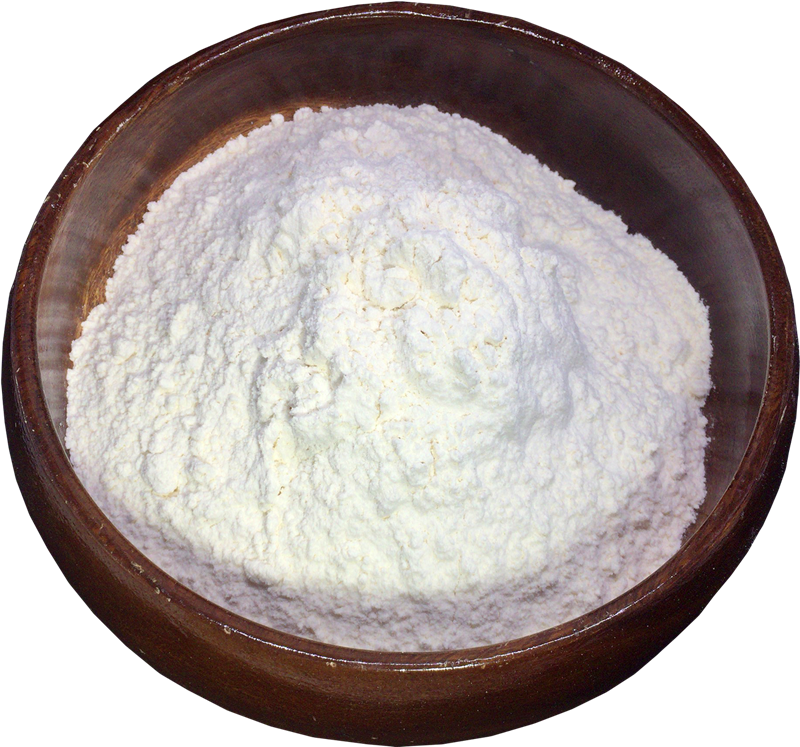
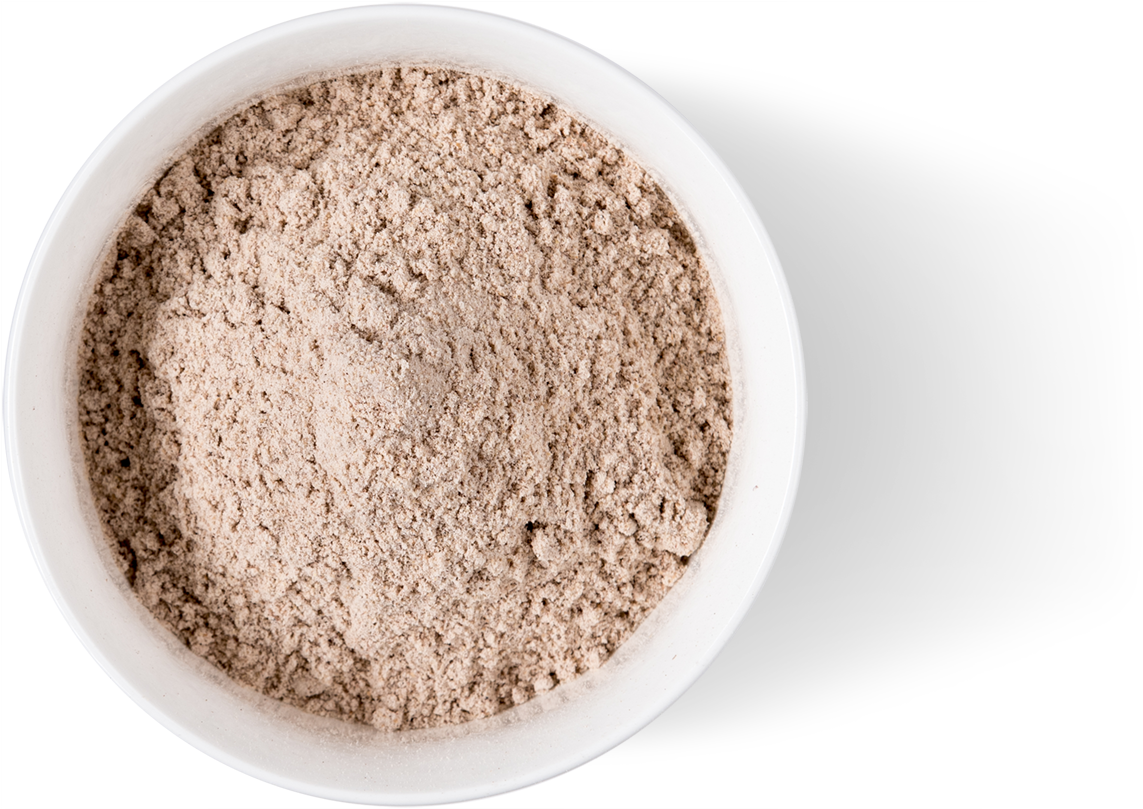
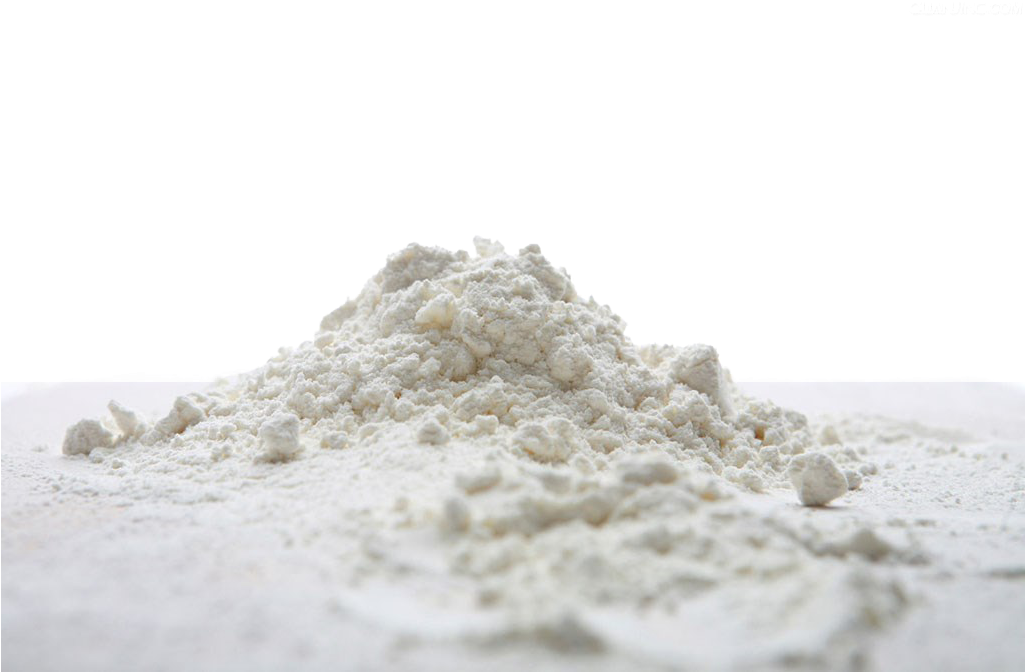
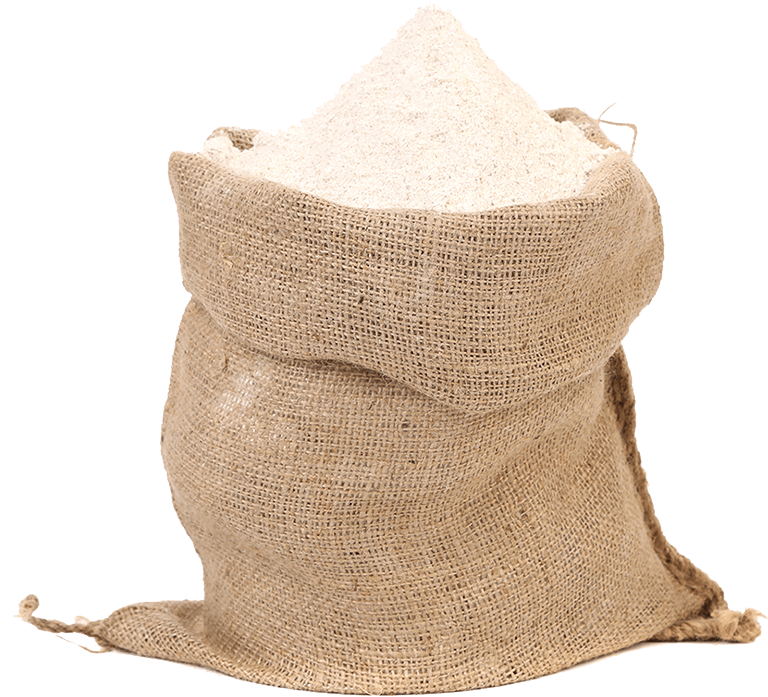
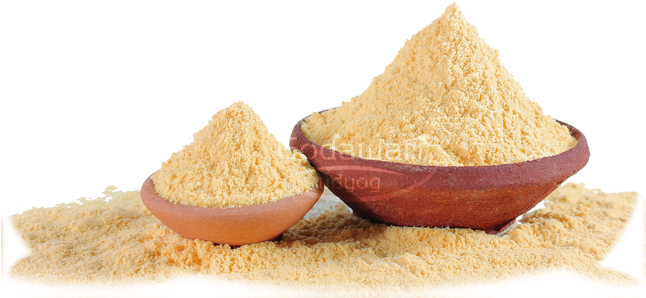
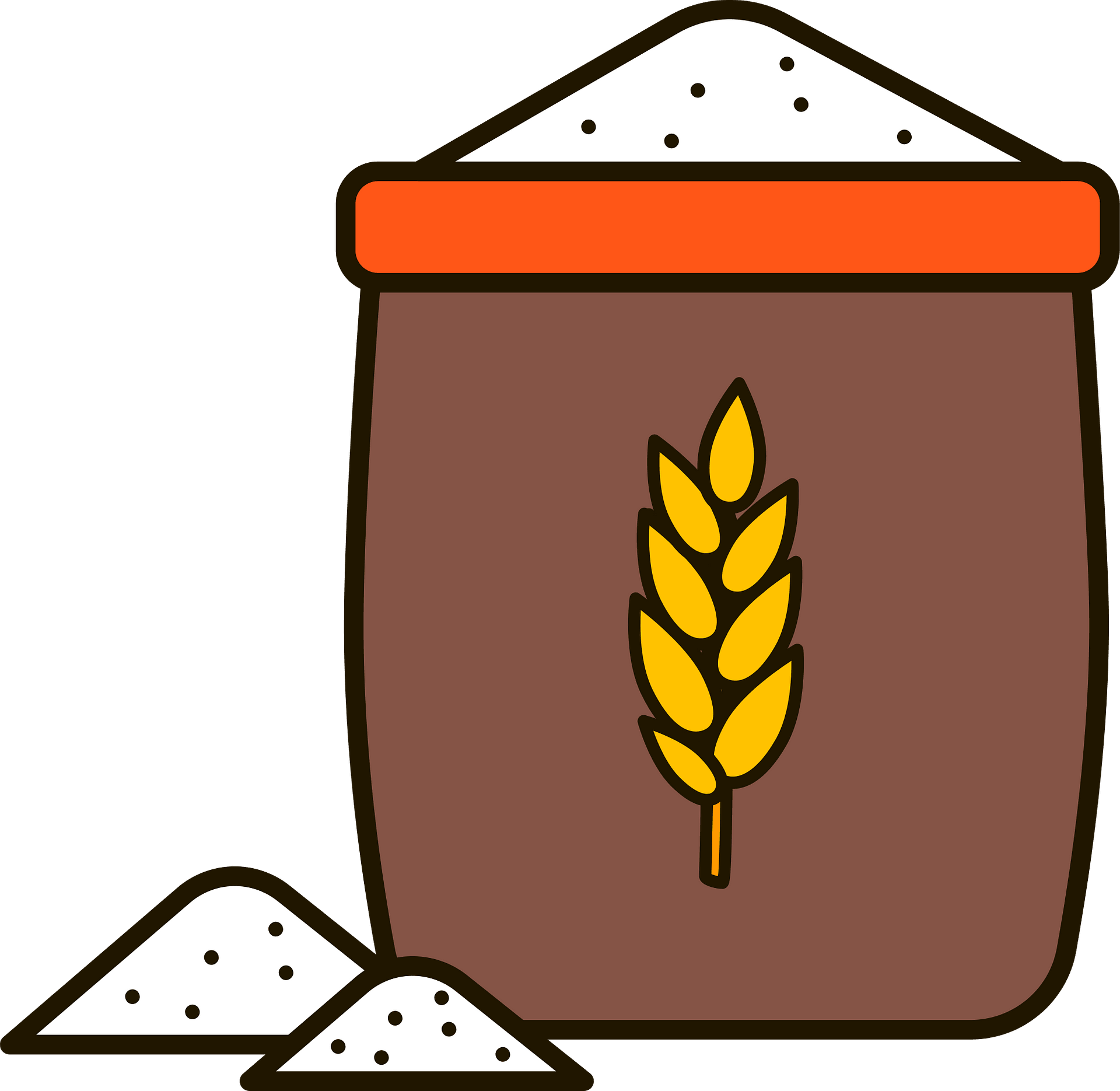
So easy to get here a png image